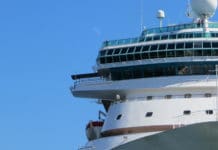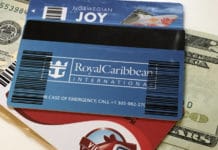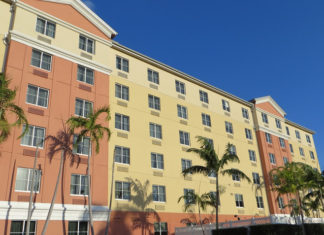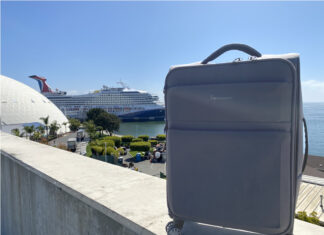Even before you step on a cruise ship, cruise lines are using clever techniques for one single purpose: To make you spend more on your vacation.
There’s no arguing the fact that cruising is an affordable vacation. When it comes to value, it’s hard to beat. But cruise lines are businesses. Like any business, they are always in a quest to get you to open your wallet a little wider.
As a cruise passenger, there are ways you might be subtly being “sold” without even realizing it. When you know the techniques, however, you can decide if you really want to spend those extra dollars or if you’re just falling for a smart way to get you to spend.
Offering Discounts Ahead of Time
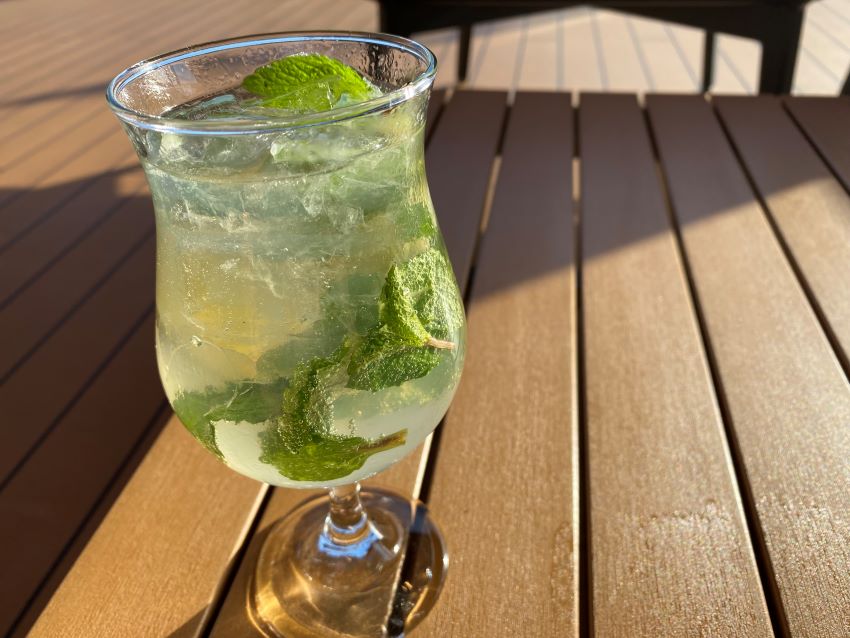
I’ve gone on the record of telling people that if you’re going to buy a package for drinks or wi-fi or specialty restaurants, then to do it before you board. That’s because cruise lines discount packages ahead of time, offering early bookings a deal. It’s also a clever way they get you to spend more.
It’s a concept in the industry called a “fresh wallet.” Consider if you waited until once on the ship to buy a drink package for $100 a day for a 7-day cruise. You’ve just gotten onto the ship and immediately spent $700.
That’s going to make you less likely to spend as much the rest of the trip.
If, however, you bought the drink package three months before the cruise then you have time to forget about that spending. With that package bought and paid for a long time ago, it’s less likely to have an impact on your spending once aboard. The result? You end up spending more overall.
Onboard Spending Via Keycard
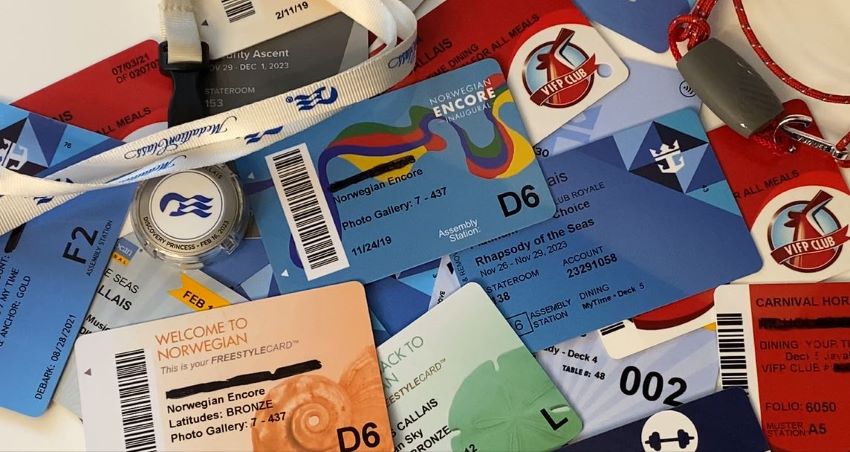
When you cruise, the key to your room isn’t a traditional key at all. Like you’d find in most hotels on land, it’s a credit-card sized piece of plastic that you insert or tap against the door to open it. But it’s also a way to spend more on the ship.
Your keycard also acts as a credit card on the ship. All your spending onboard is done with the card. Say you want a drink. You simply head to the bar, hand over your card, and the amount is charged to your onboard account.
Studies have shown that people tend to spend more when using a credit card than when using cash. So not only does the card make it easier for the cruise line than dealing with cash and change, but it’s also likely that passengers spend more because of it.
Prices Are “Per Person, Per Day”
If you head to a car dealership to purchase a new car, it’s likely the salesman will want to focus on the monthly payments you can afford instead of the total price. Every smart consumer knows that the focus should be on what you’ll spend overall, but salesmen know the smaller monthly payments are easier to digest.
Cruise lines sometimes do something similar. For things like package or upgrades, they are often not priced out for the total cost, but instead the price per day. For instance, a drink package is rarely (if ever) advertised as the total cost that you’ll pay over the course of the cruise. Instead, you’ll find it listed on a per-day basis.
You can see the same on upgrades for cabins. These can be listed as the price per person, per day. With double occupancy, you have to double that price and then multiply it by the number of days in the cruise to arrive at the full total cost.
To be sure, you’ll have the full cost of anything shown before you ultimately buy. It’s just that the initial advertising often breaks it down per day to make it a smaller number.
Private Destinations
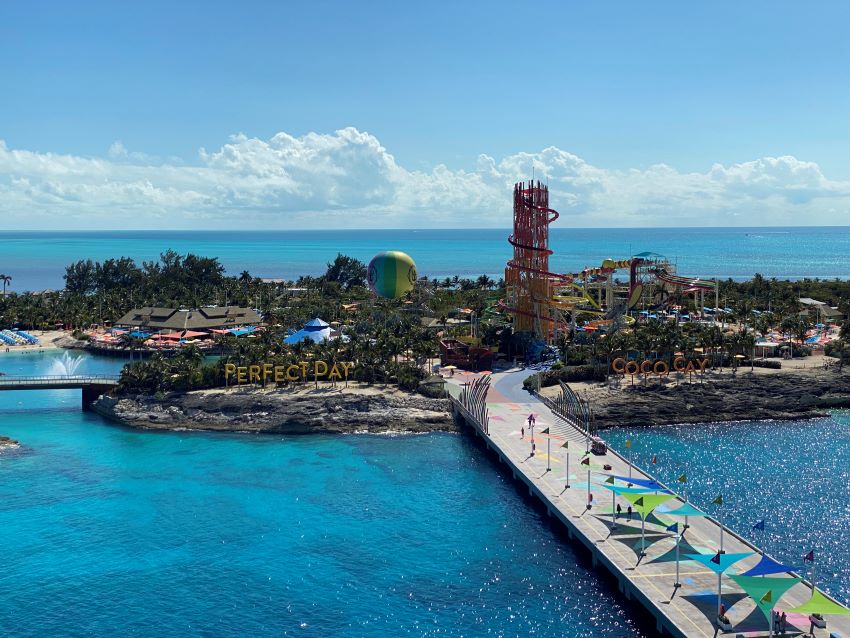
Private destinations have become a big deal for cruise lines. Spots like Royal Caribbean’s CocoCay or Carnival’s Celebration Key get huge headlines and passengers love the spots.
Cruise lines love them too as they are a great way to earn more income from passengers. Instead of dropping you off at an independent port where you spend the day — and your money — elsewhere, private islands are controlled by the cruise line.
Not only can they control the environment to cater to cruisers but practically every dollar you spend stays with the cruise line. And because it’s made for cruise passengers, they can put in facilities that cater to them in order to see higher spending.
More Paid Events & Entertainment
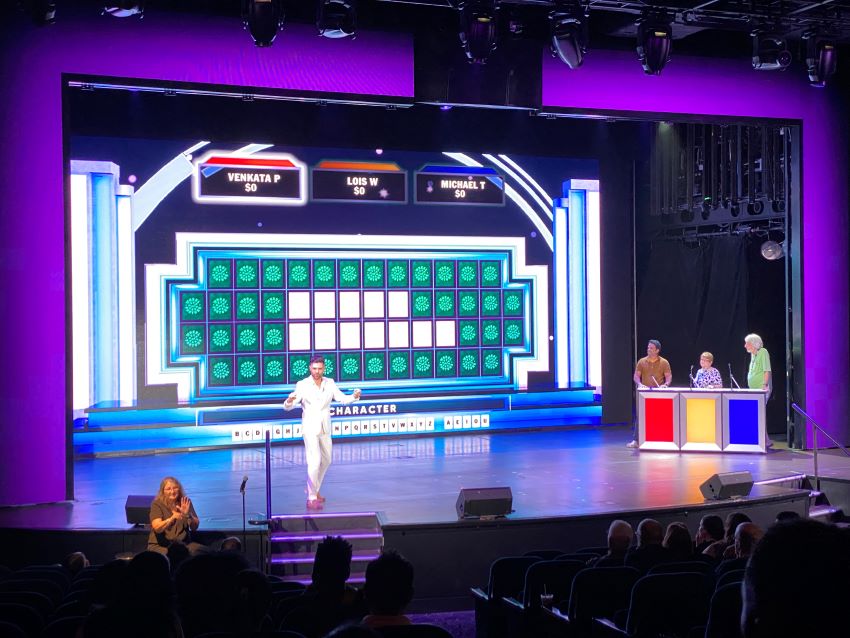
One surefire way to get passengers to spend more on a cruise? Simply give them more opportunities to open up their wallets. You’re now seeing this more and more with entertainment on the ships.
To be sure, most entertainment is free on your cruise. But lines are rolling out games like Wheel of Fortune and Deal or No Deal. With these games, it’s essentially like bingo. You can win cash and prizes, but you have to pay to play.
There’s typically a charge for a card to play along with the action (though it’s free to watch). And judging by the crowds at these events, plenty of people are happy to spend more during their vacation for a chance to win.
The Casino Location
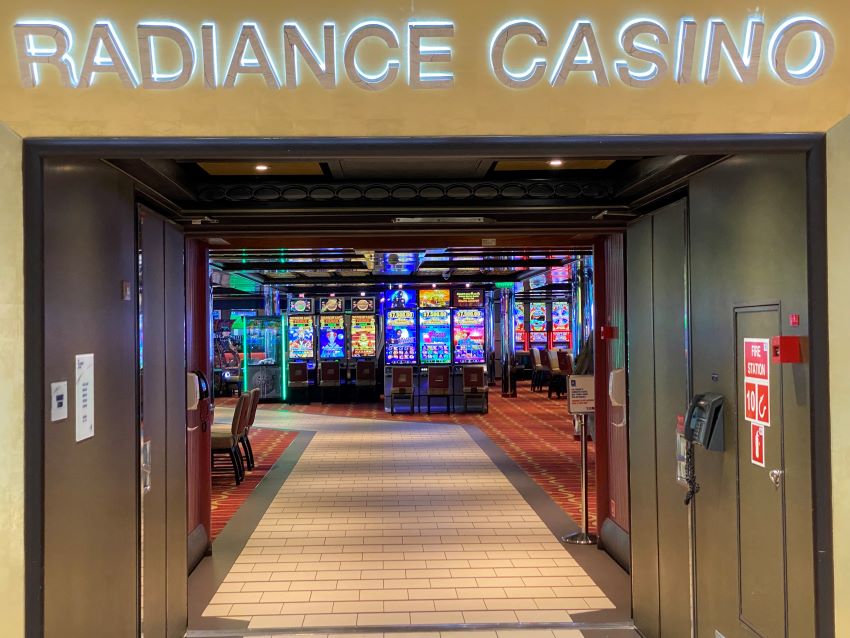
Casinos have been a staple of cruising for decades. In many states, such as Texas, gambling is illegal. But head on a cruise and just a few miles offshore you can play all you want. It’s a popular activity on the ship, but so much of what goes into the space is done intentionally to get you to play more… including where the casino is located.
Ships typically have three main interior decks, typically around decks 6-8. The casino is set near the middle of the ship, usually but not always on the lowest of these main interior decks. This placement is absolutely strategic. It puts the casino in an easy-to-reach location and near where there is the most foot traffic on the ship.
You’ll never find it tucked away at one end of the ship or on a deck that’s out of the way. That’s all on purpose to get more people walking through and playing.
Automatic Gratuities
It’s basic economics that higher price means lower demand. So how can you charge a higher price (meaning more money earned) while also showing a lower headline price?
Enter the automatic gratuity.
Just about every line charges an automatic daily gratuity on your cruise, usually around $18 per person, per day. And if you get a drink from the bar? It will have an automatic gratuity added on, usually 18-20%. Spa treatment? You guessed it. An automatic gratuity tacked on.
These charges are disclosed, but they aren’t shown in the headline price. Thus, passengers see a lower price and are more likely to spend while cruise lines see higher spending than they might otherwise.





